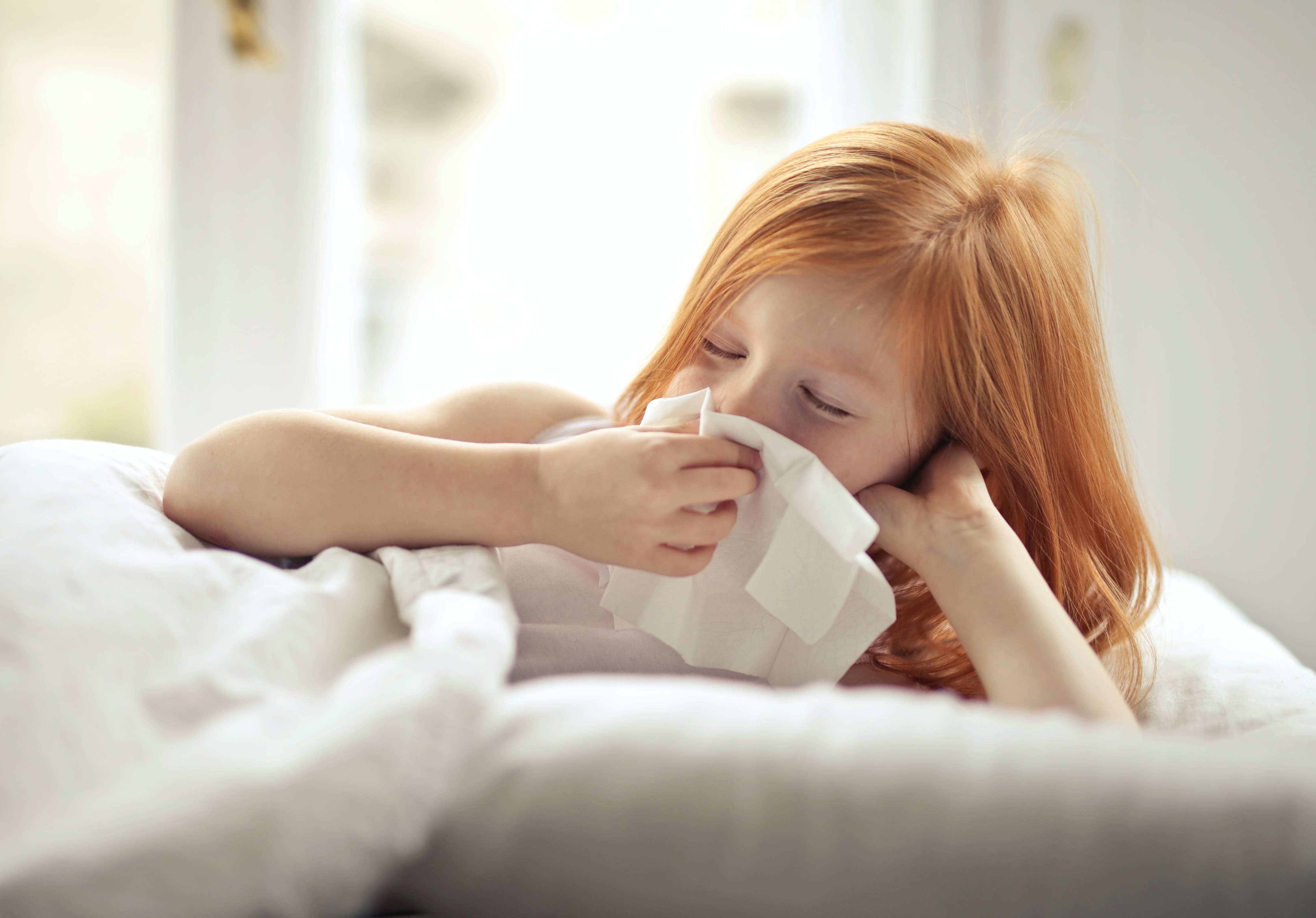
Most people know that bacteria and viruses cause many common infections, but far fewer people know the differences between the two types of infection. Equipping yourself with a basic understanding of these concepts can help to keep you and your family safe and healthy.
What are the key differences between bacterial and viral infections?
The difference between viral and bacterial infections is a complex issue, with many textbooks having been written on both. But, in general, both can cause infections, and it can be difficult to tell them apart as both cause fever. Hospital laboratories are well- equipped to identify bacteria that cause infections, but there are fewer tools available to diagnose viral infections.
Occasionally, bacterial infections can spread through groups of people (such as meningococcal meningitis during Hajj pilgrimage), but viruses are generally much more efficient at infecting others and are more contagious, the classic example being the yearly influenza.
What are the usual treatments for both viral and bacterial infections?
Antibiotics are commonly used to treat bacterial infections, and there are many to choose from. The issue with antibiotics, however, is that their overuse can lead to bacteria that are antibiotic-resistant, making them ineffective. For this reason, antibiotic medications should be used sparingly and only when necessary.
Viral infections are treated with antiviral medications, but there are far fewer types of antiviral medications available compared to antibiotics. For example, the common cold is most often caused by rhinoviruses, but there isn’t much you can do to treat a cold beyond treating the symptoms and waiting for your body to do its work and develop immunity to the virus.
Which children are most at risk with infections, and why do some children suffer repeat infection?
The children most at risk for infection are the very young, and those with medical conditions that may predispose them to infection. In these populations, vaccines are lifesaving. Repeat infections are not common, and may be due to underlying medical conditions or medications (such as immunosuppressants).

Can either viral or bacterial infections cause children or adults to develop other health issues?
Most bacterial and viral infections are not ‘chronic’. One becomes infected and the body fights the infection, sometimes with the help of antibiotics or antiviral medications. Once the body has defeated the infection, it is gone. There are a few circumstances where infections are ‘chronic’, but they are very rare.
How can we best avoid catching a bacterial or viral infection?
There are a few general rules that can help you to your and your family avoid infections. The first and simplest method is to wash your hands frequently with soap and water or hand sanitiser, and avoid touching your face with unclean hands. In addition, there are many vaccines that protect against both viral and bacterial infections, so make sure your children’s vaccinations are up-to-date and consider getting everyone in your family an annual flu vaccine.

If you do get sick, a good rule of thumb is to stay home from work or school, as this will greatly reduce the possibility of passing the infection to others. If you are sick and must leave the house, make sure to wear a mask. If you have to cough, do it into the crook of your elbow or a tissue. Most viral infections will run their course after several days of symptoms/illness, after which the individual is then ‘protected’ from getting the same virus again as the body has developed immunity.
How do I know when either my child or I have an infection?
A good indicator of infection is a fever, which is usually defined as a body temperature being greater than 38 °C. Often, one can stay home with a fever and recover within a few days. However, if a person develops nausea and vomiting and they are unable to eat, or if they develop difficulty breathing, they should visit a doctor as soon as possible. Be aware though that officials have defined the fever threshold for COVID-19 as 37.3 °C. If you or a member of your family develop a fever of 37.3 °C, especially if it is accompanied by coughing or difficulty when breathing, be sure to go to a designated fever hospital as soon as possible.
Bacterial and viral infections are a common occurrence, and medical professionals have grown adept at treating nearly every variety. But ultimately, an ounce of prevention is worth a pound of cure, and ensuring that your family take simple precautions like washing the hands frequently, not touching their face with unclean hands, and practising cough etiquette are the best ways to keep them from getting an infection in the first place.

Dr David Krason
Chief Physician of Hospital Medicine and Chair of the Infection Control Committee at Jiahui International Hospital
Dr Krason is American Board-certified in Internal Medicine and Infectious Disease. He completed his residency in Internal Medicine and fellowship in Infectious Diseases at the University of Minnesota in Minneapolis. Before joining Jiahui Health, Dr Krason worked as an infectious disease physician at St Paul Infectious Disease Associates in St Paul Minnesota for 7 years, then joined the Hospital Medicine Unit (HMU) at Massachusetts General Hospital (MGH) in Boston in 2012.
Jiahui International Hospital
Address: 698 Guiping Road
Phone: 400 868 3000
Website: www.jiahui.com/en